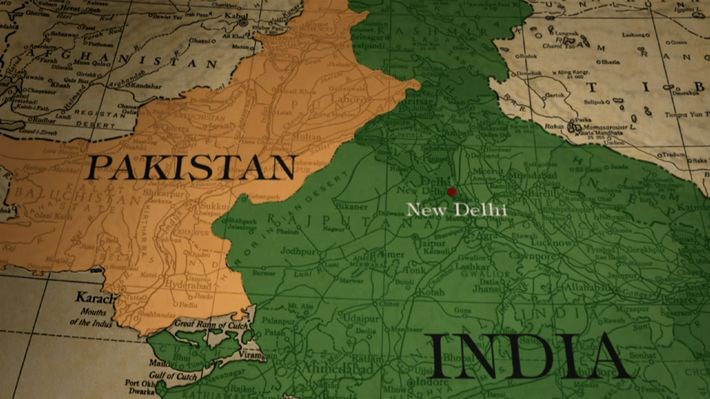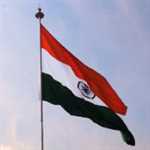Search here

16-Jun-2025 , Updated on 6/16/2025 5:32:56 AM
Was the Partition of India Truly Unavoidable?
Mounting Pre-Independence Communal Tensions
Communal violence before 1947 was the main determinant in the inevitability of Partition. Unified political solutions were entirely lost after the disaster of Calcutta Killings in August 1946 which followed the Direct Action Day declared by the Muslim League. Communal riots of the Bengal, Punjab and Bihar regions tore down the trust between man and any other and the co-existence within the same India seemed unfeasible to all the major stakeholders. As early as the beginning of 1947, the level of bloodshed had destroyed the social basis necessitating unity. The partition became a foremost feasible method of attaining independence and defusing the mounting bloodshed, which was directly caused due to such widespread conflict.
Failed Political Negotiations For Unity
The division of India was as a direct consequence of the failure of political settlement in the quest of an independent, united nation. The failure to reach a consensus on power-sharing with reference to a federal form of Government between the Indian National Congress and the Muslim League was a prolonged endeavour. The Cabinet Mission Plan (1946) was the last big attempt towards unifying India in a form that would be organized into grouped provinces and a restricted central government. It rejected it based on irreconcilable differences on the issue of grouping provisions plus the refusal of League to accept parity that was absolute, a reflection of constitutional negotiation failure. This fragmentation made political unity impossible at the end of 1947.
Irreconcilable Leadership Positions By 1947
By 1947, the leadership of the Indian National Congress and Muslim league had devolved to become irreconcilable on different grounds. Following the Two-Nation Theory, Muhammad Ali Jinnah and the League insisted on having an independent sovereign Pakistan. On the other hand, Jawaharlal Nehru and Sardar Patel, Congress leaders demanded a secular and united India. Previous compromises, especially the 1946 Cabinet Mission Plan, failed because trust between the two entities did not exist and each saw power-sharing differently. The communal tension was increased when Jinnah announced Direct Action Day. As the withdrawal of Britain approached imminently, the violence increasing and the administration totally paralyzed, the Congress leadership was led unwilling to accept partition as the only politically viable solution. The stalemate on leadership directly led to the division of India in the mid-1947.
Violence As Catalyst For Division
The case of the Partition of India shows that violence was the main force that triggered a breakdown that could not be overcome. An increasing violence of the communities, especially the gruesome bloodshed of 1946-47, made a united India unviable. This violence which was so pervasive actually killed trust and divided communities in a manner that could not be healed. Genocides and forced movements established the facts that could not be undone, the coexistence within a single state was a fiasco. Violence was the word and no other option available to make Partition as the inevitable solution of putting a stop on the further bloodshed. It turned the political conflict into the conflict of existence.
Partition Remains Historically Assessed Inevitable
To a great extent, historical consideration demonstrates the inevitability of the Partition of India in the year 1947. Several decades with the tensions between communities growing generated powerful prejudices between the key communities. Repeated political discussions could not end on an agreement of a united India that was acceptable to the Indian National Congress and the Muslim League. This took the form of the insistent League demands on Pakistan and the failure by the Congress to assure the Muslims Muslim political security under a unified nation which resulted in a dilemma whose solution could never be found. Communal violence on a wide scale in 1946-47 also destroyed any prospects of living together. The end of these conflicting political stances and the lapse into anarchy made Partition the only viable option out there that could affect a quick handover of power.

Content Writer
Hi, I’m Meet Patel, a B.Com graduate and passionate content writer skilled in crafting engaging, impactful content for blogs, social media, and marketing.
Join Our Newsletter
Subscribe to our newsletter to receive emails about new views posts, releases and updates.
Copyright 2010 - 2025 MindStick Software Pvt. Ltd. All Rights Reserved Privacy Policy | Terms & Conditions | Cookie Policy